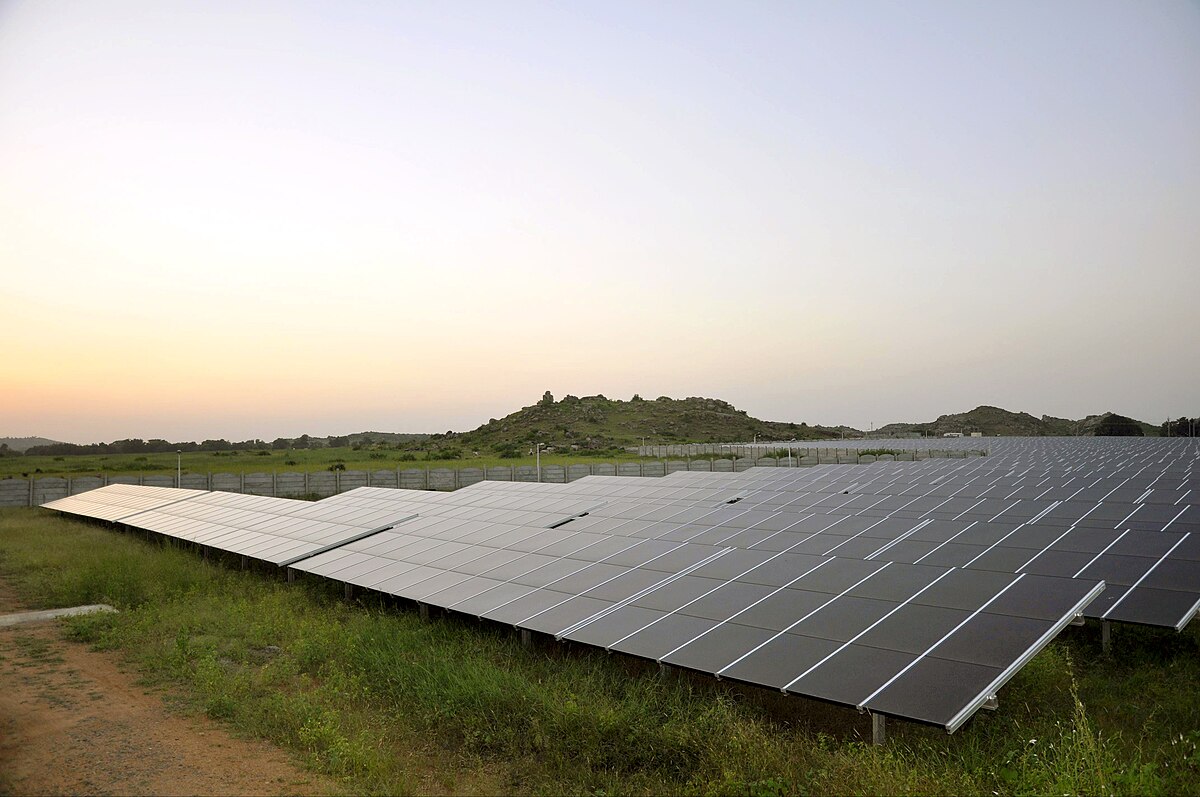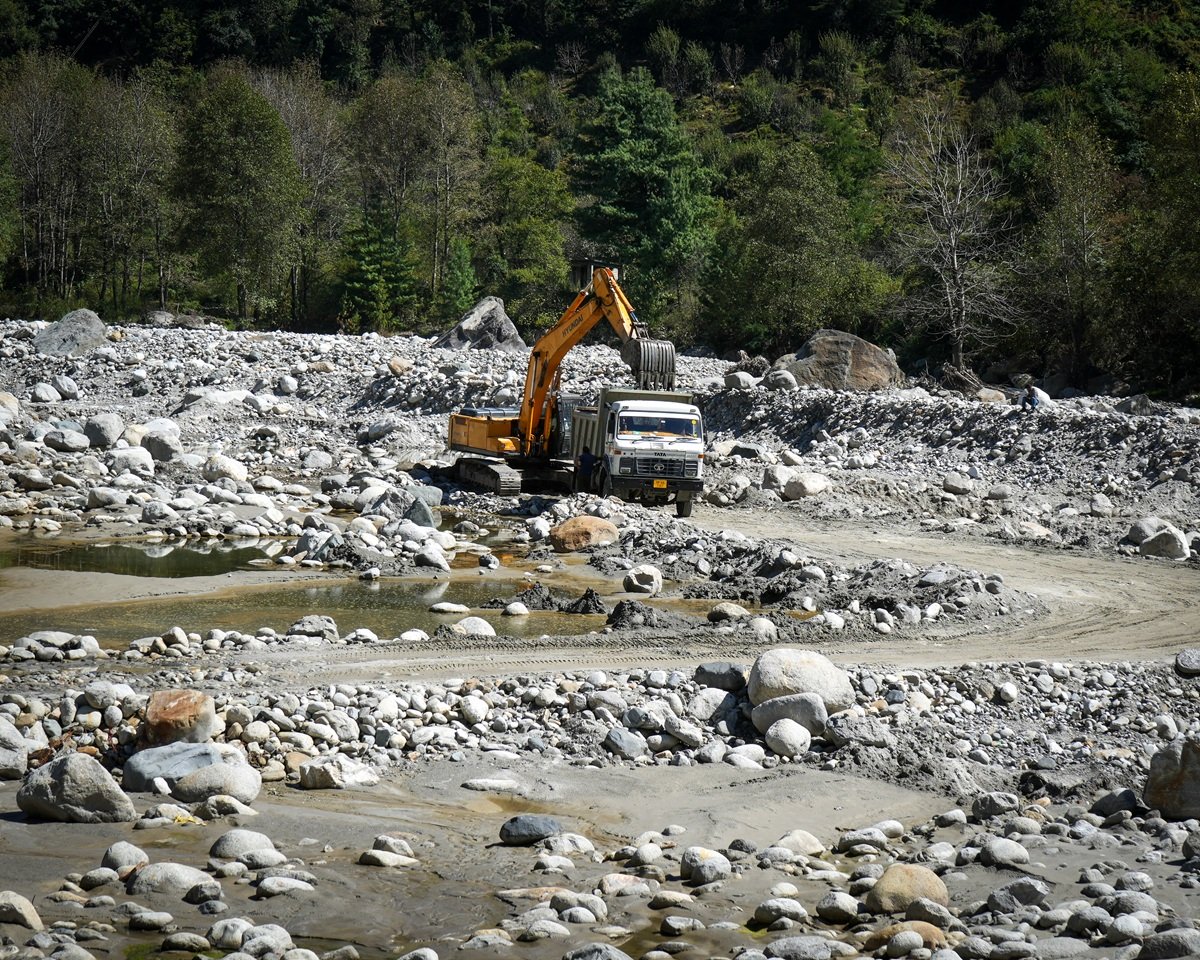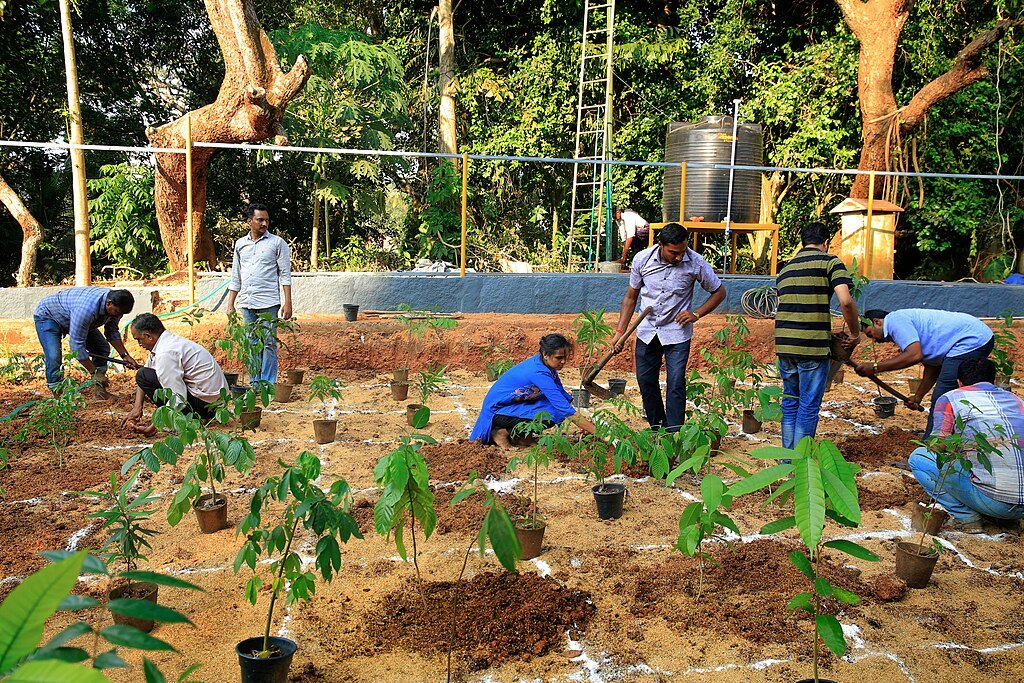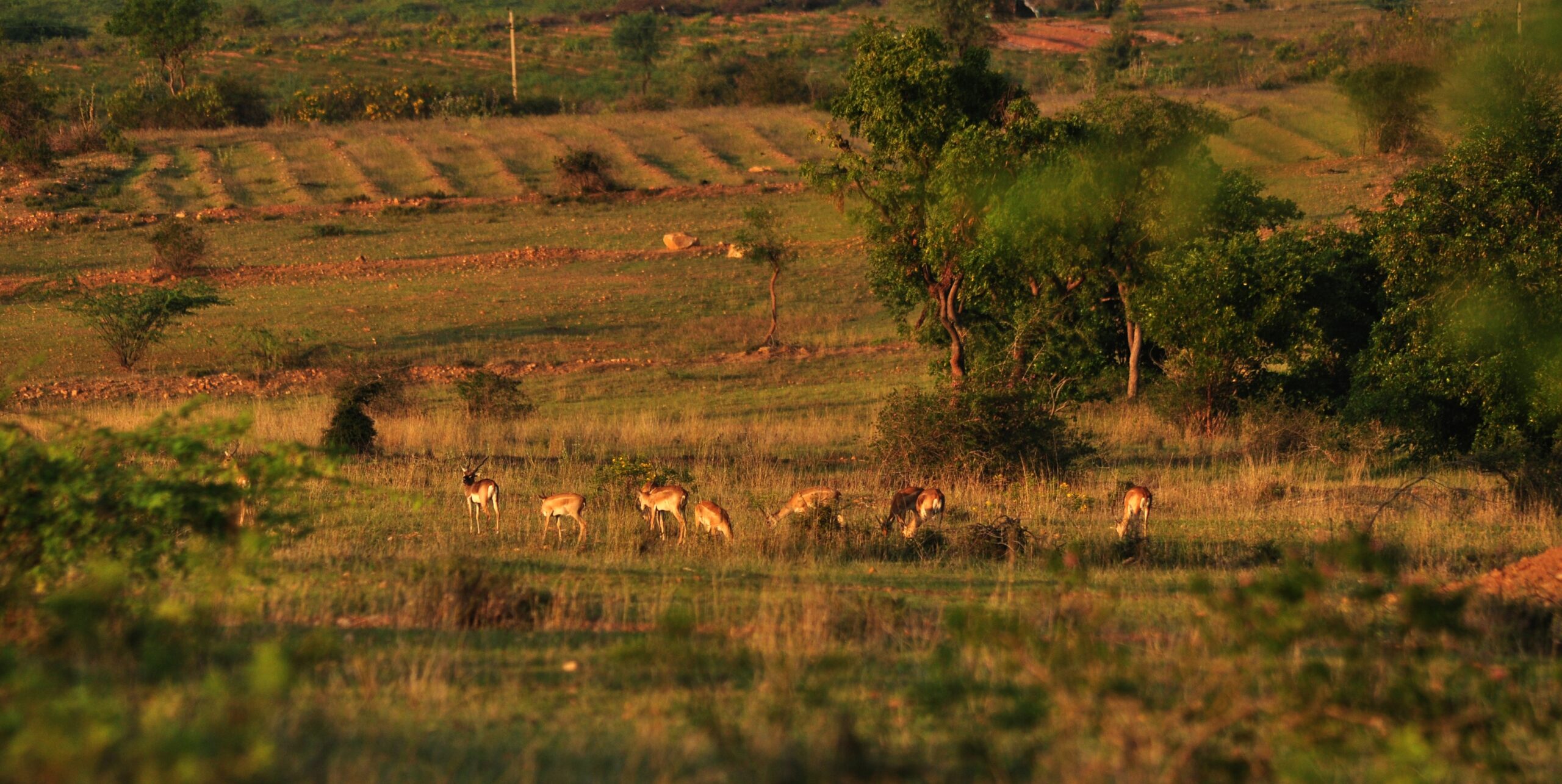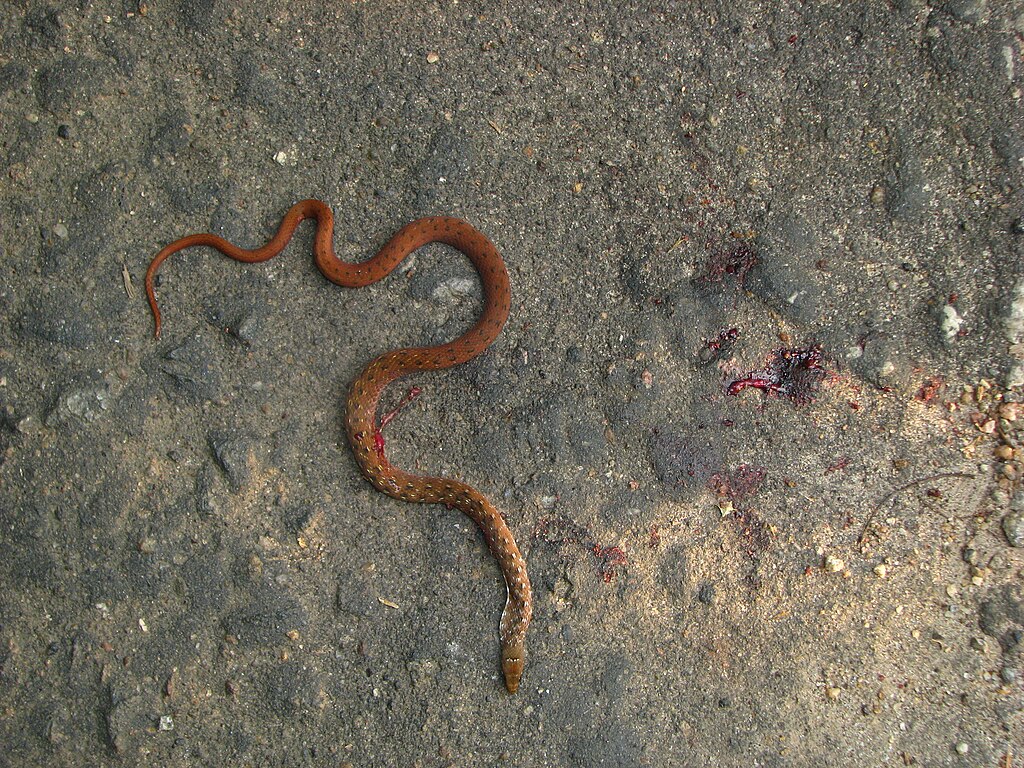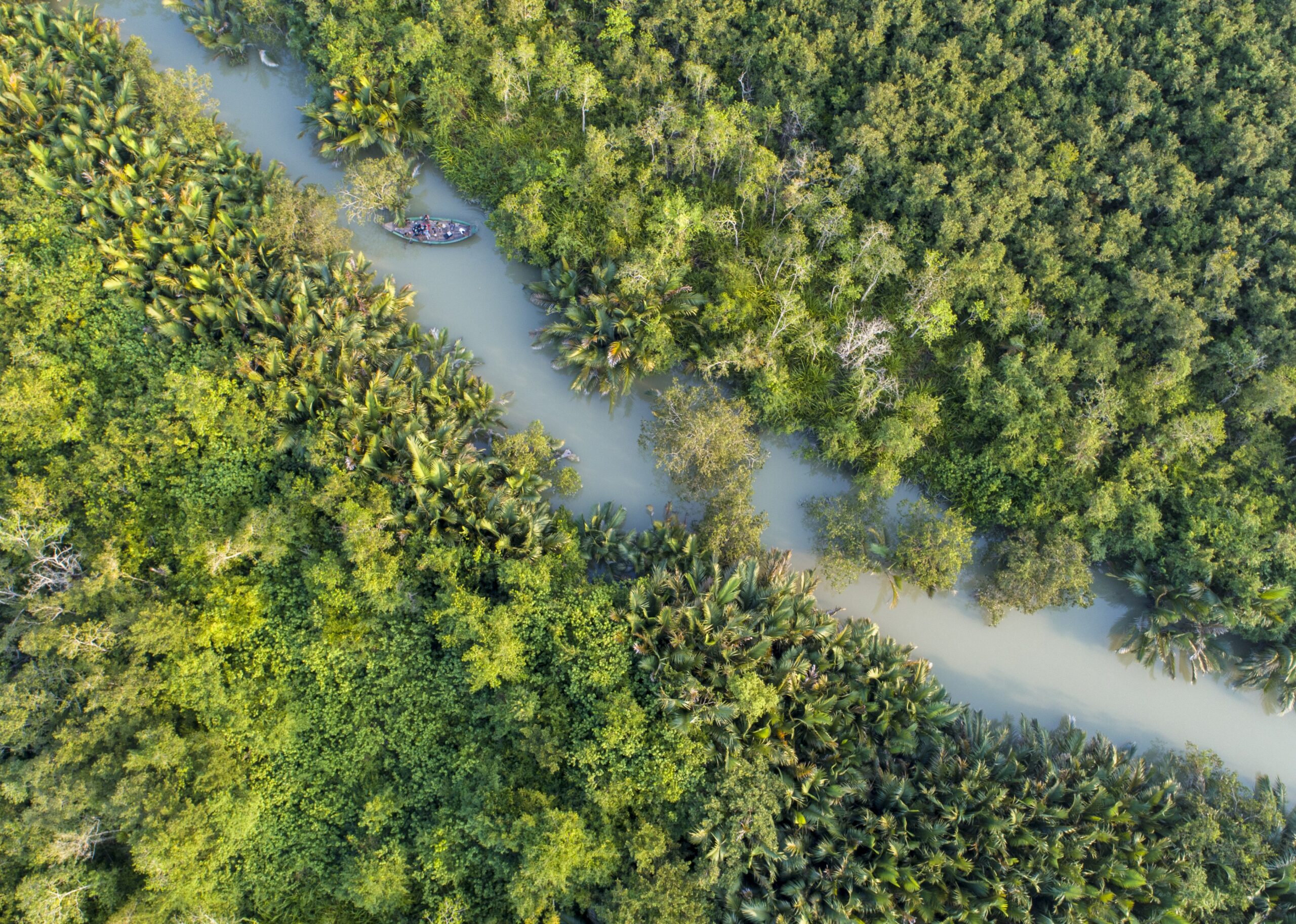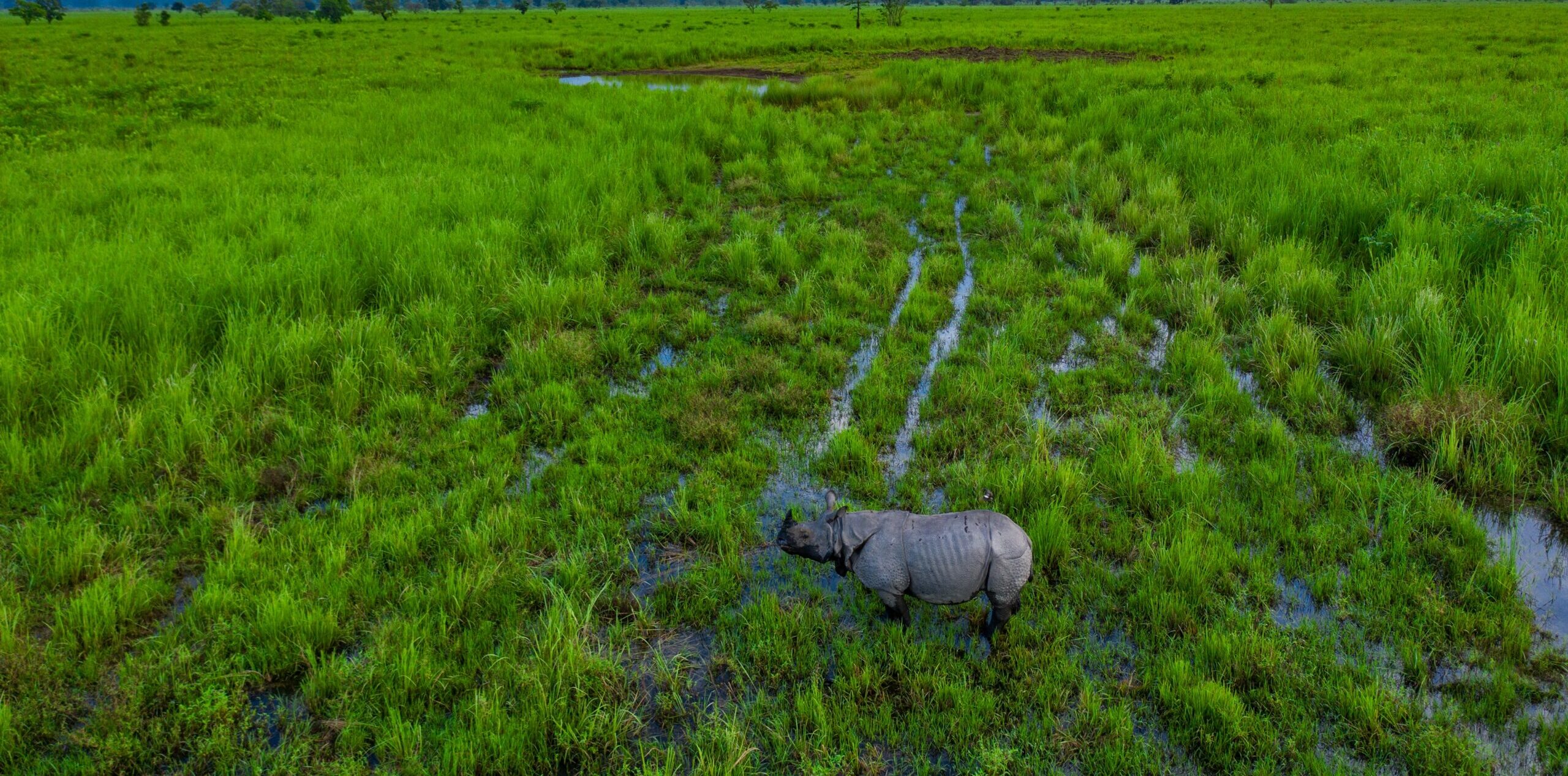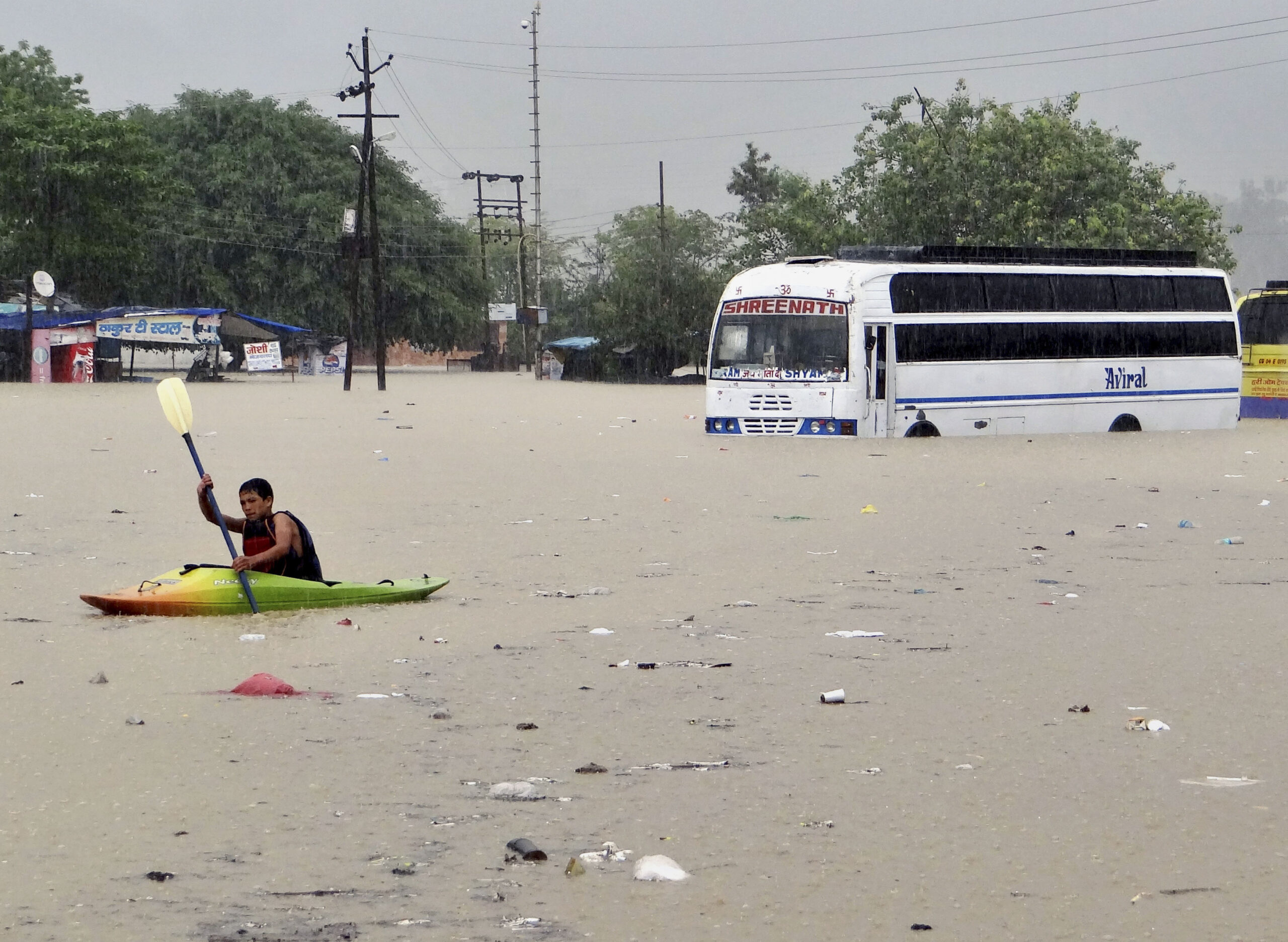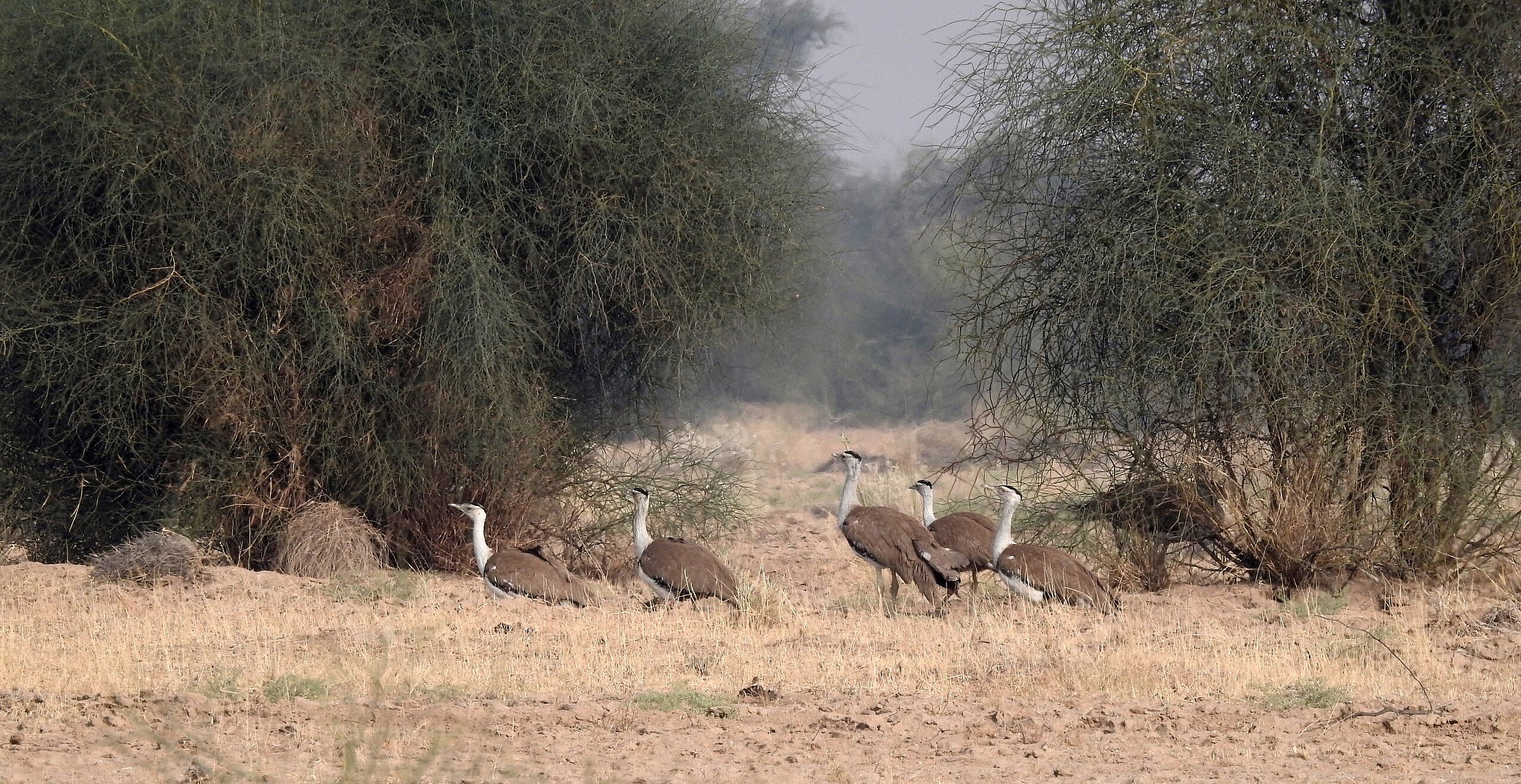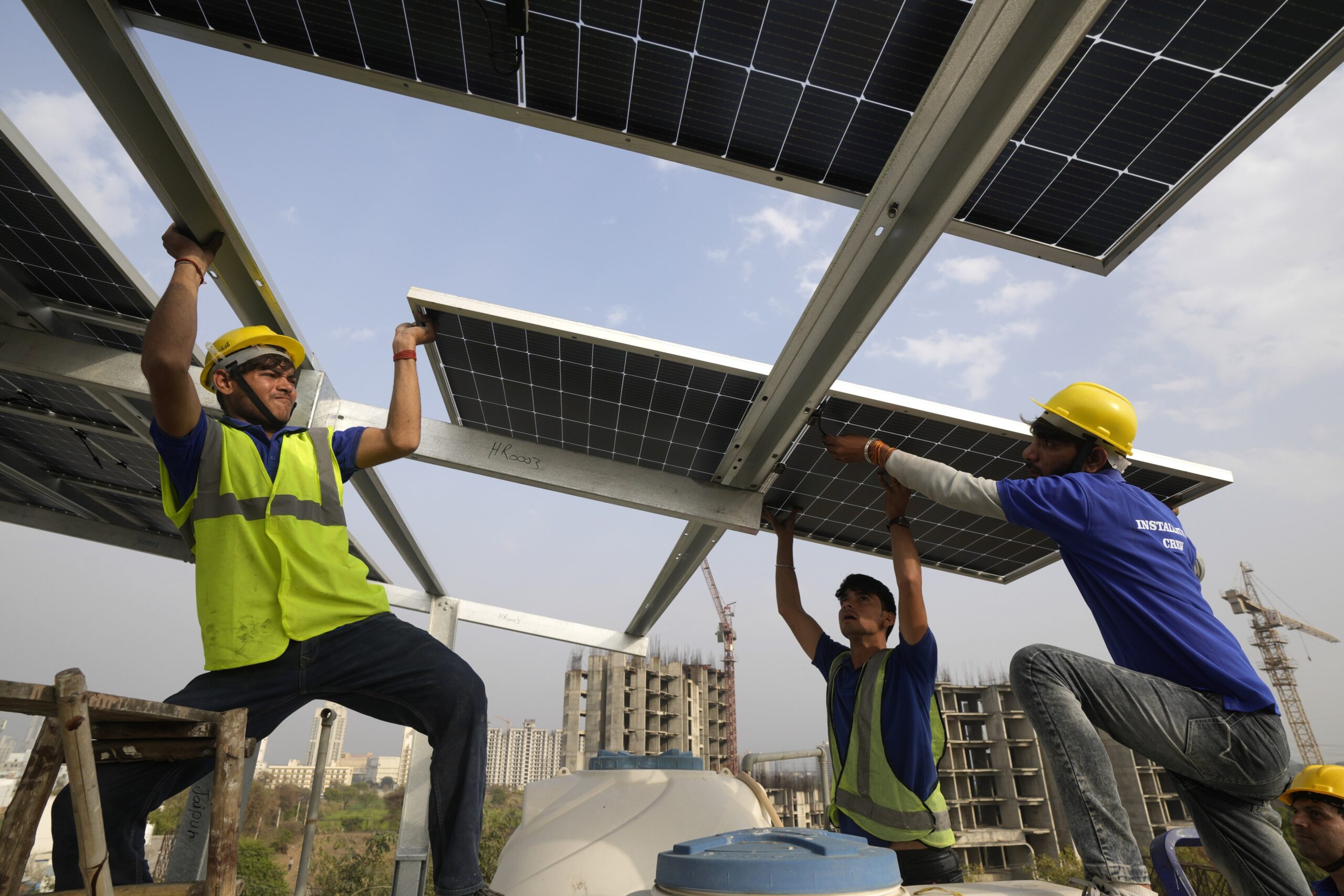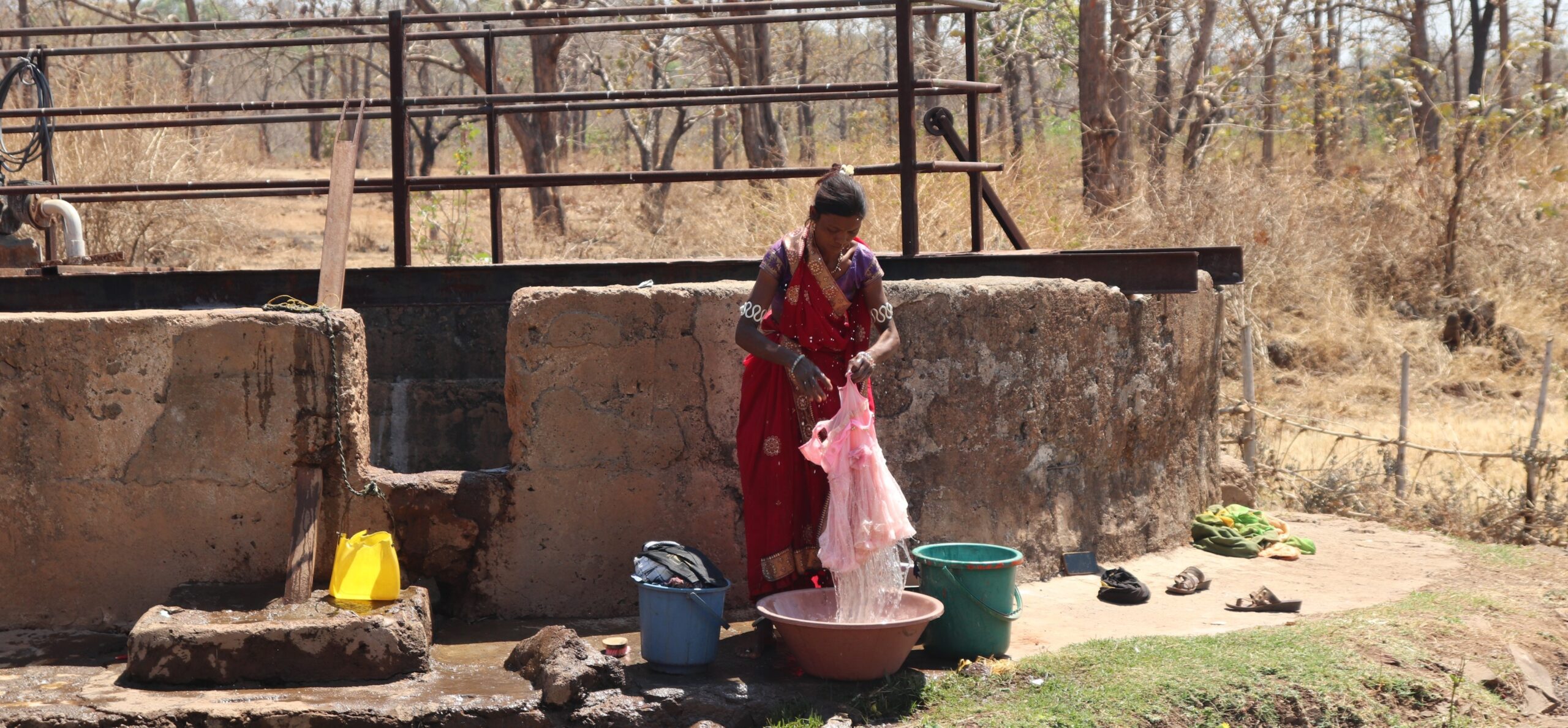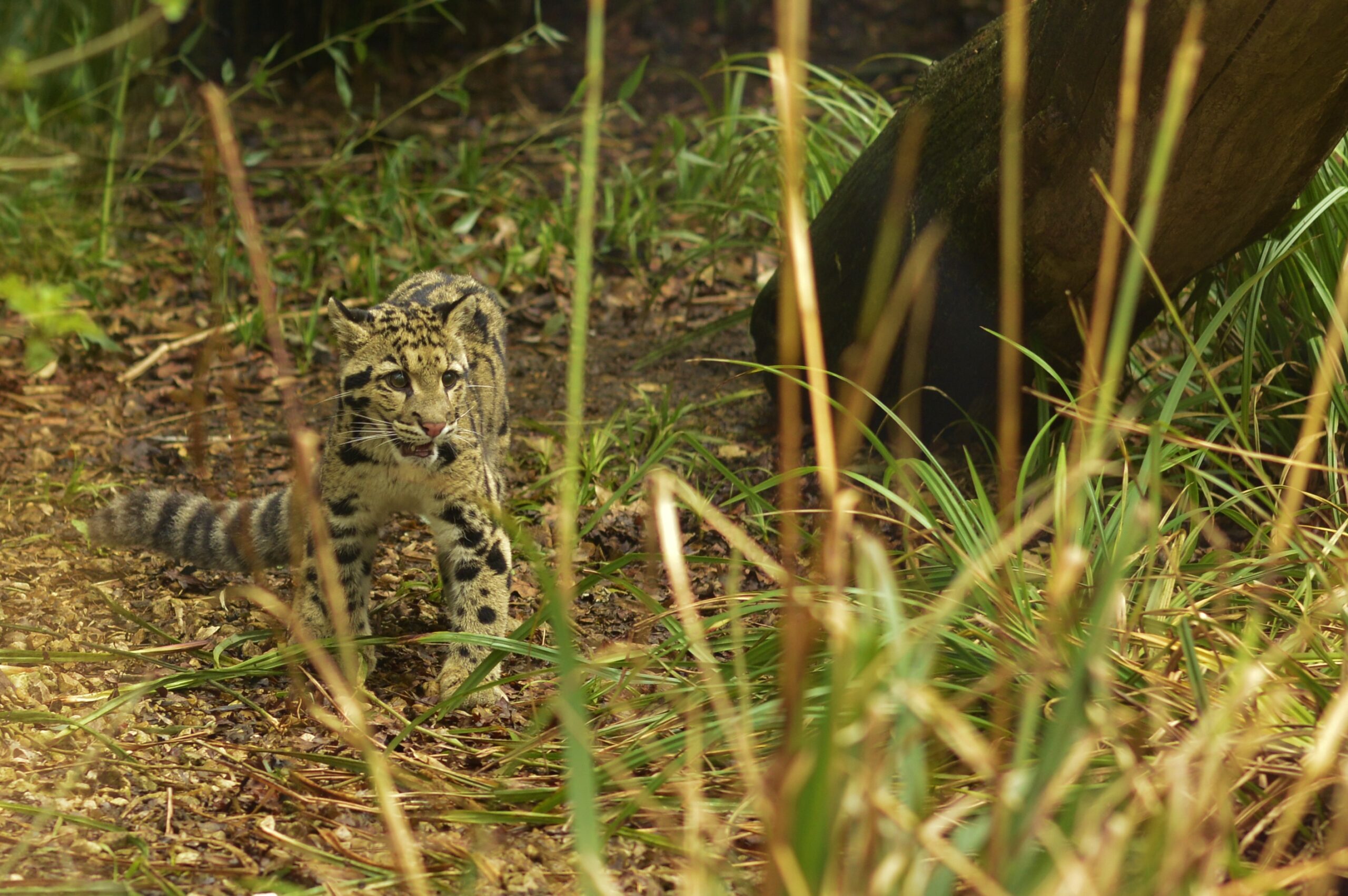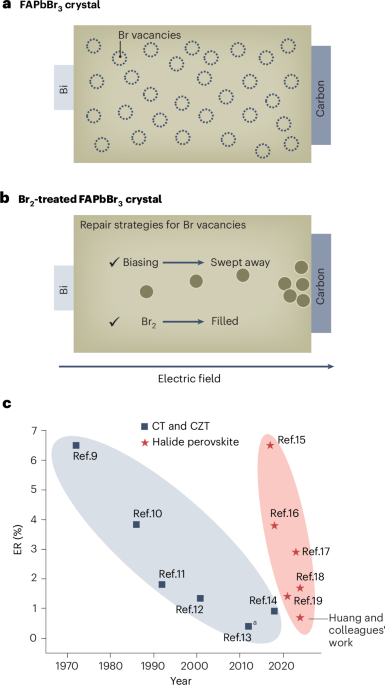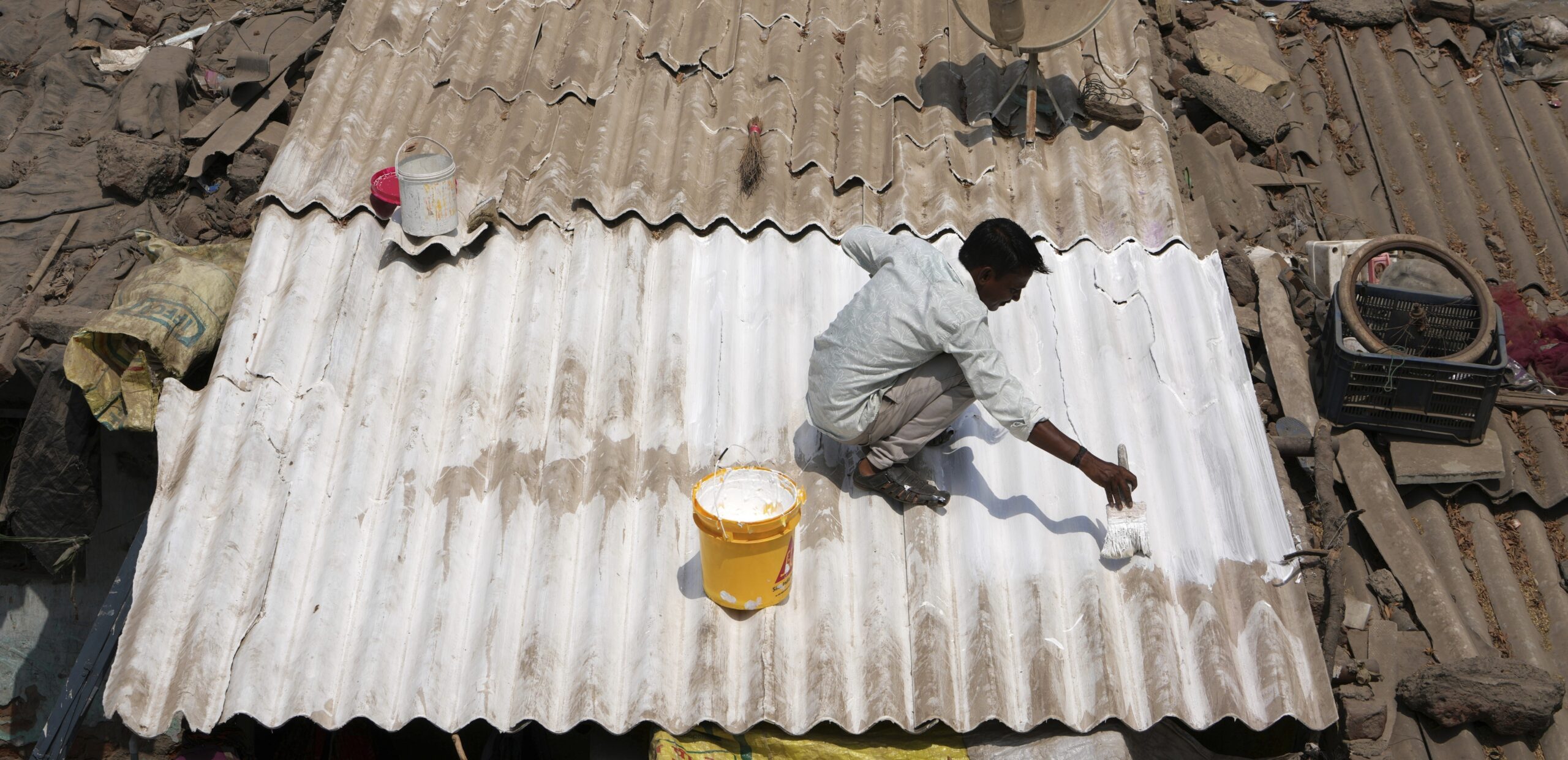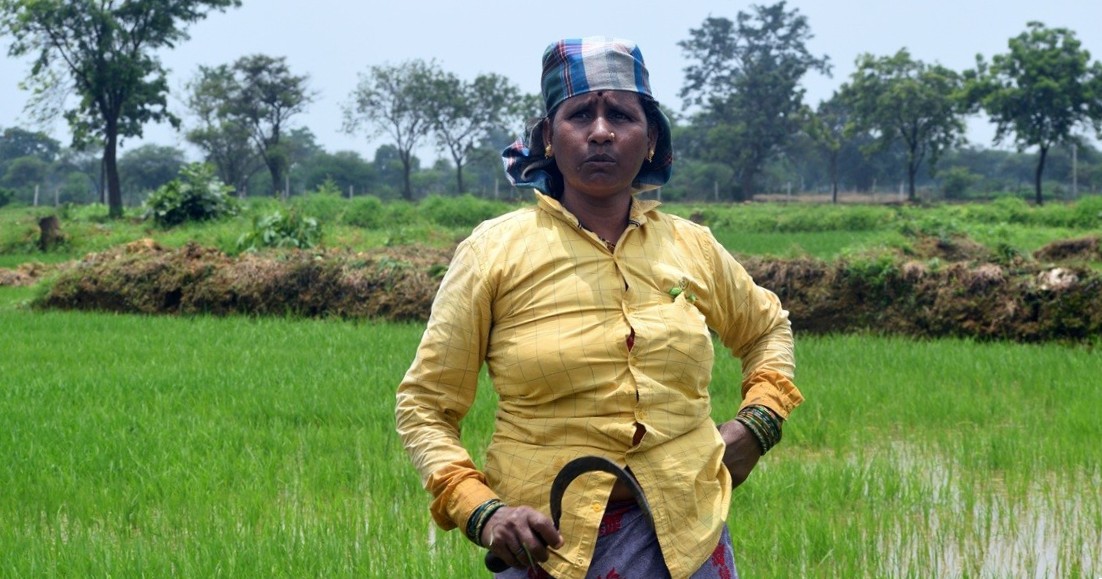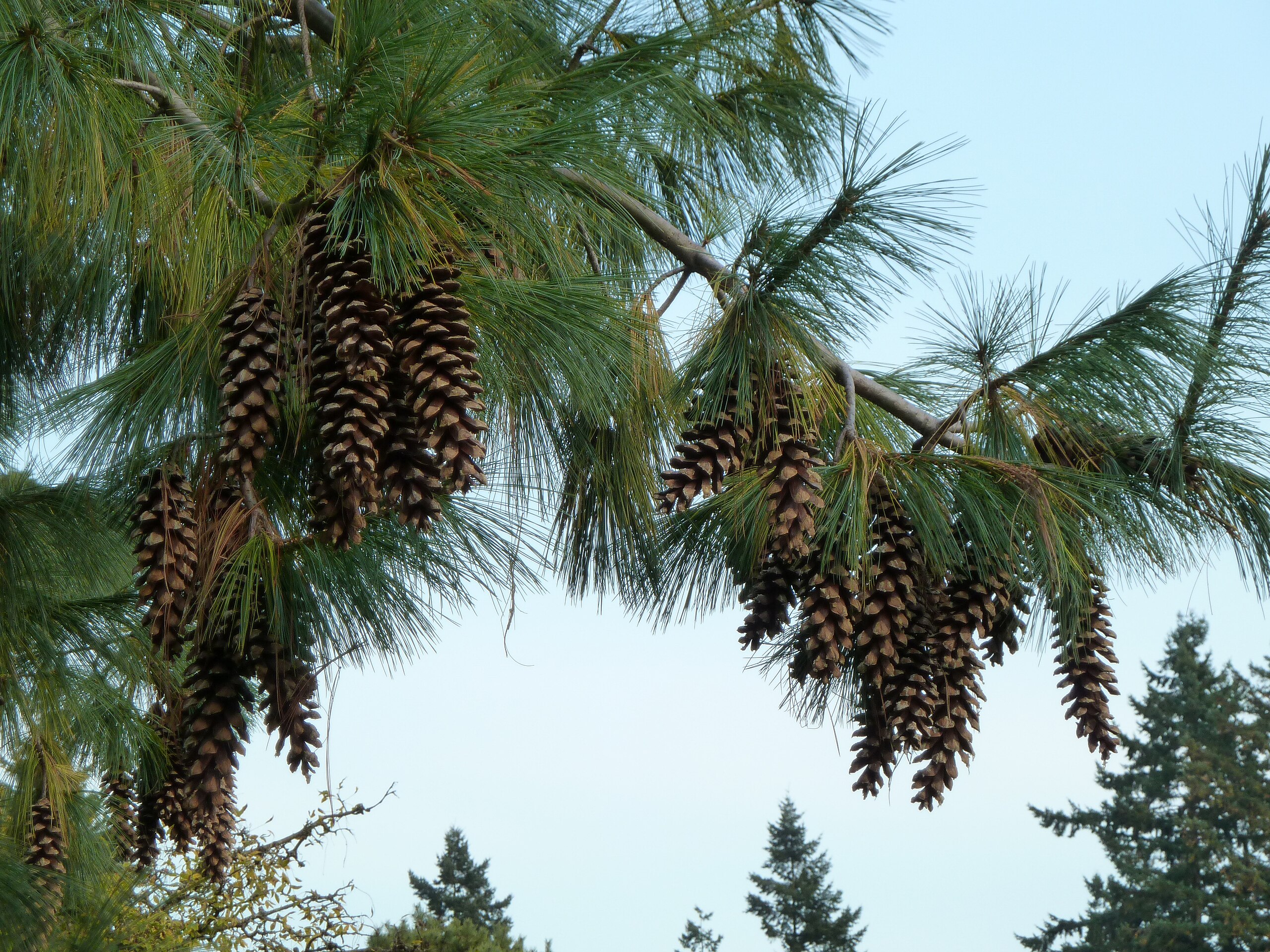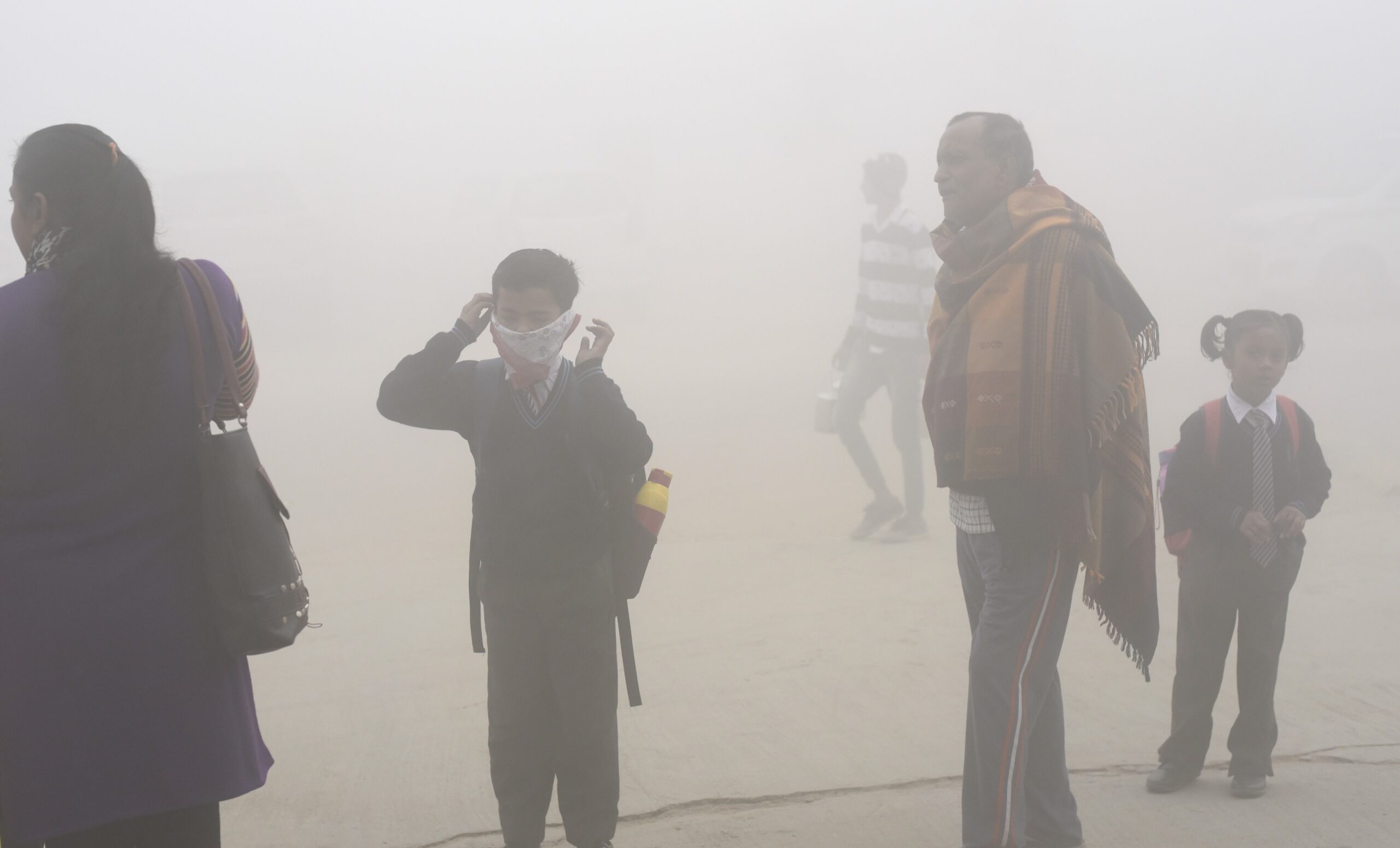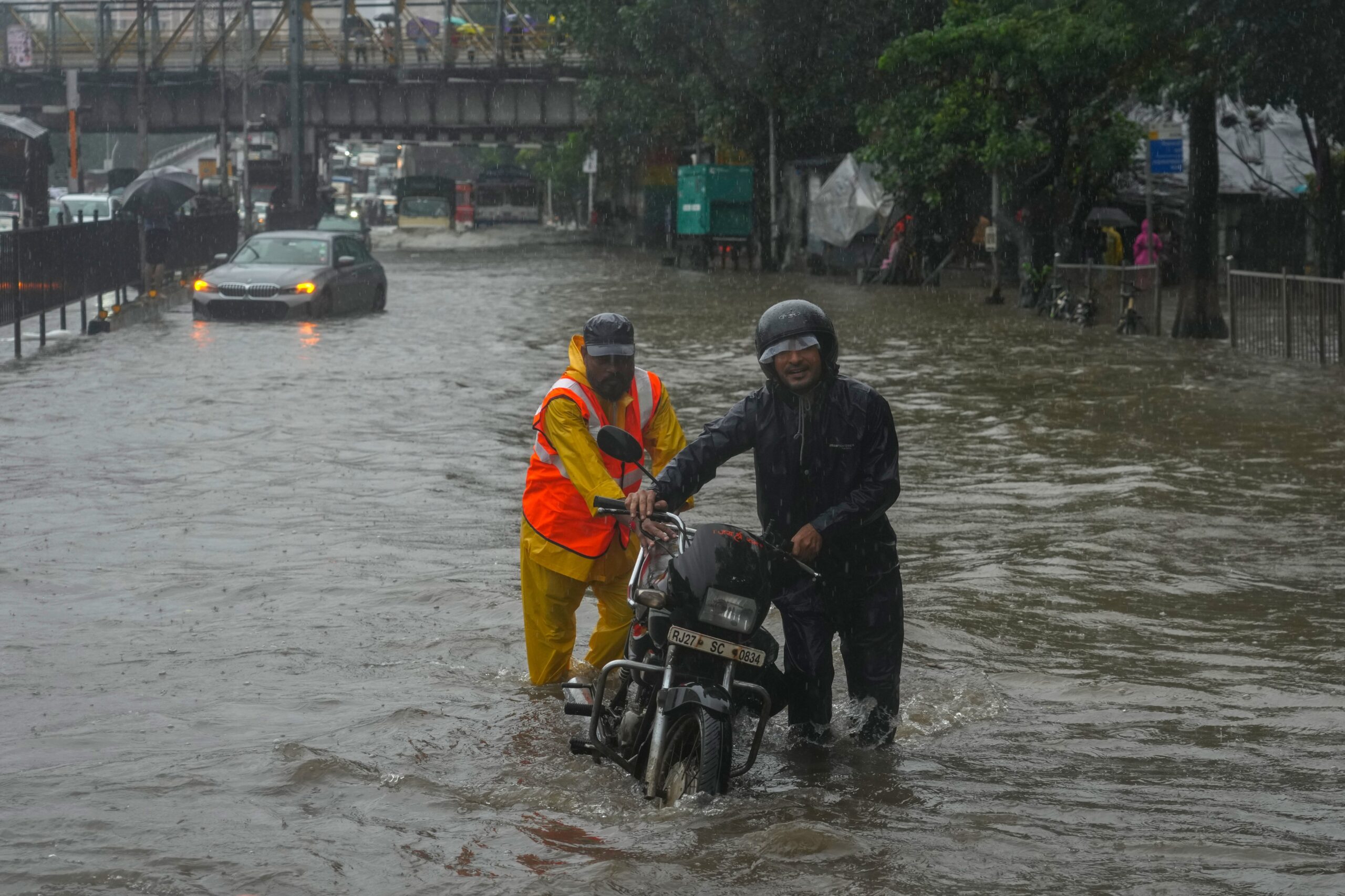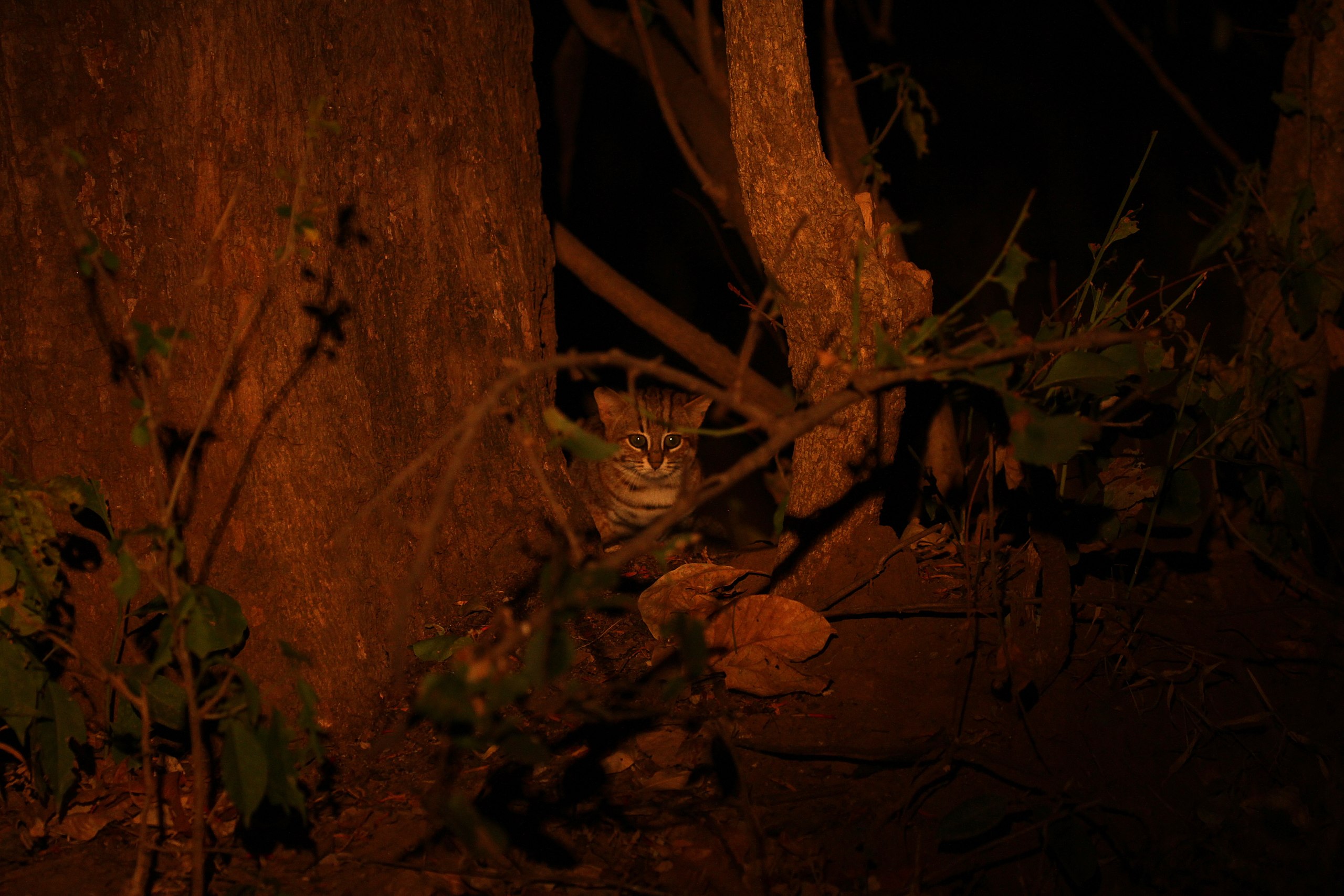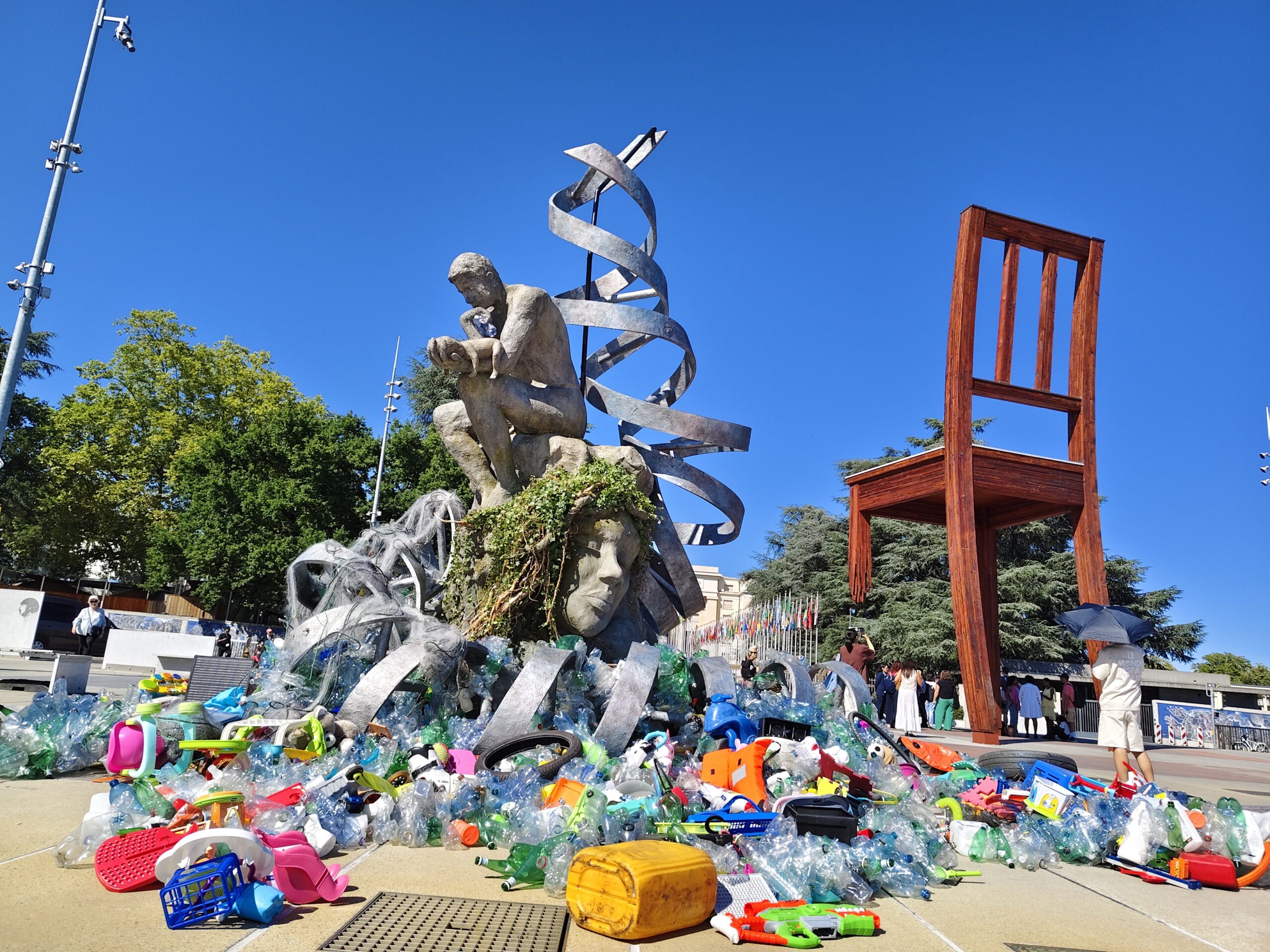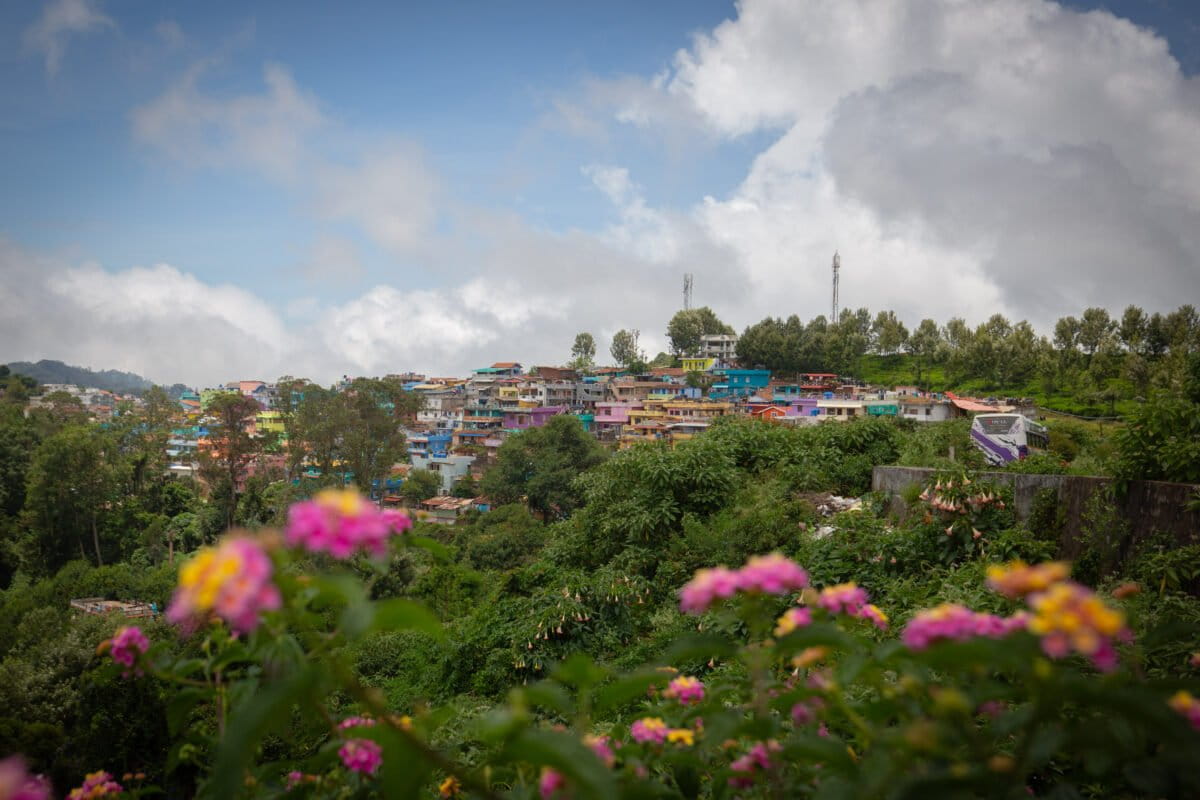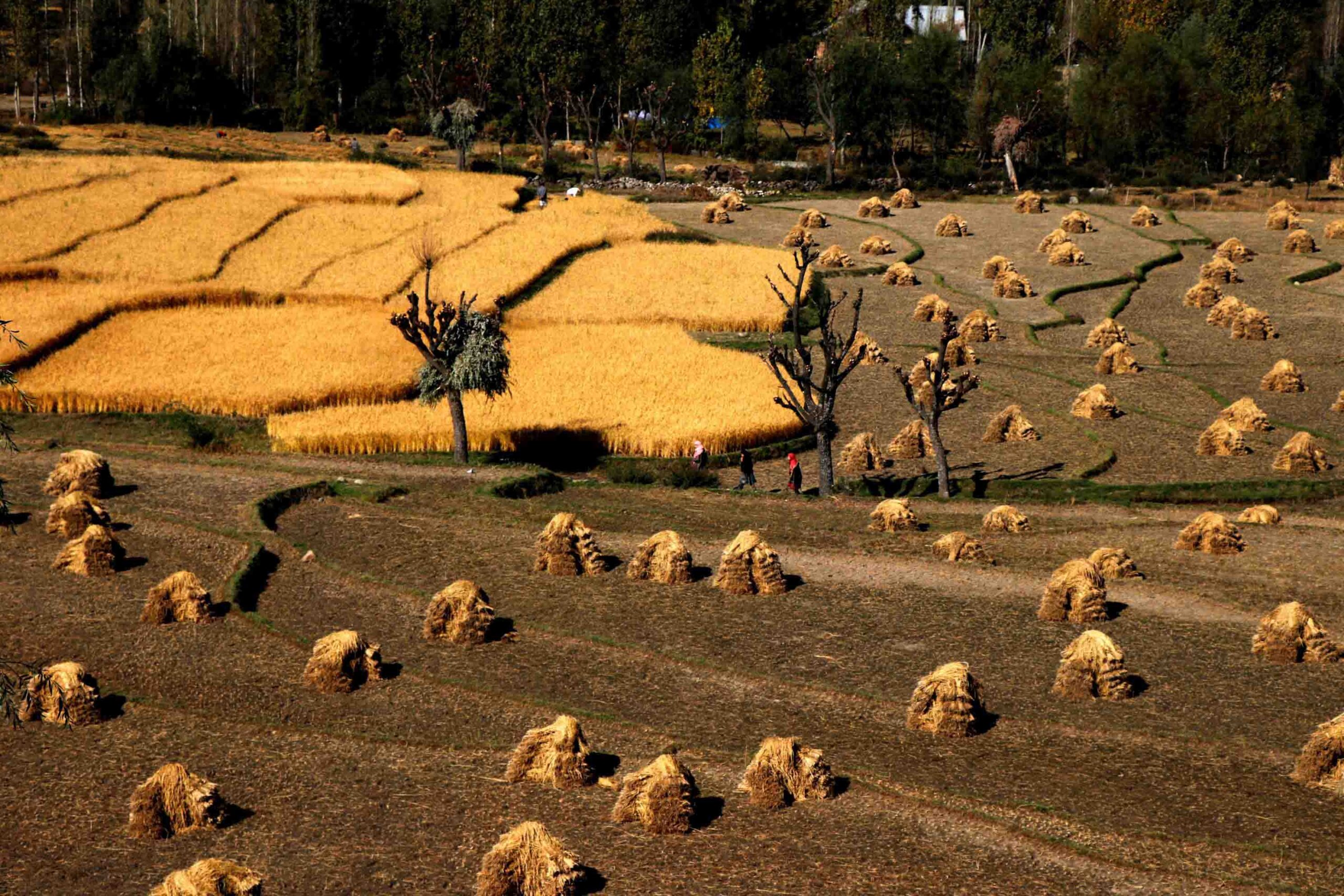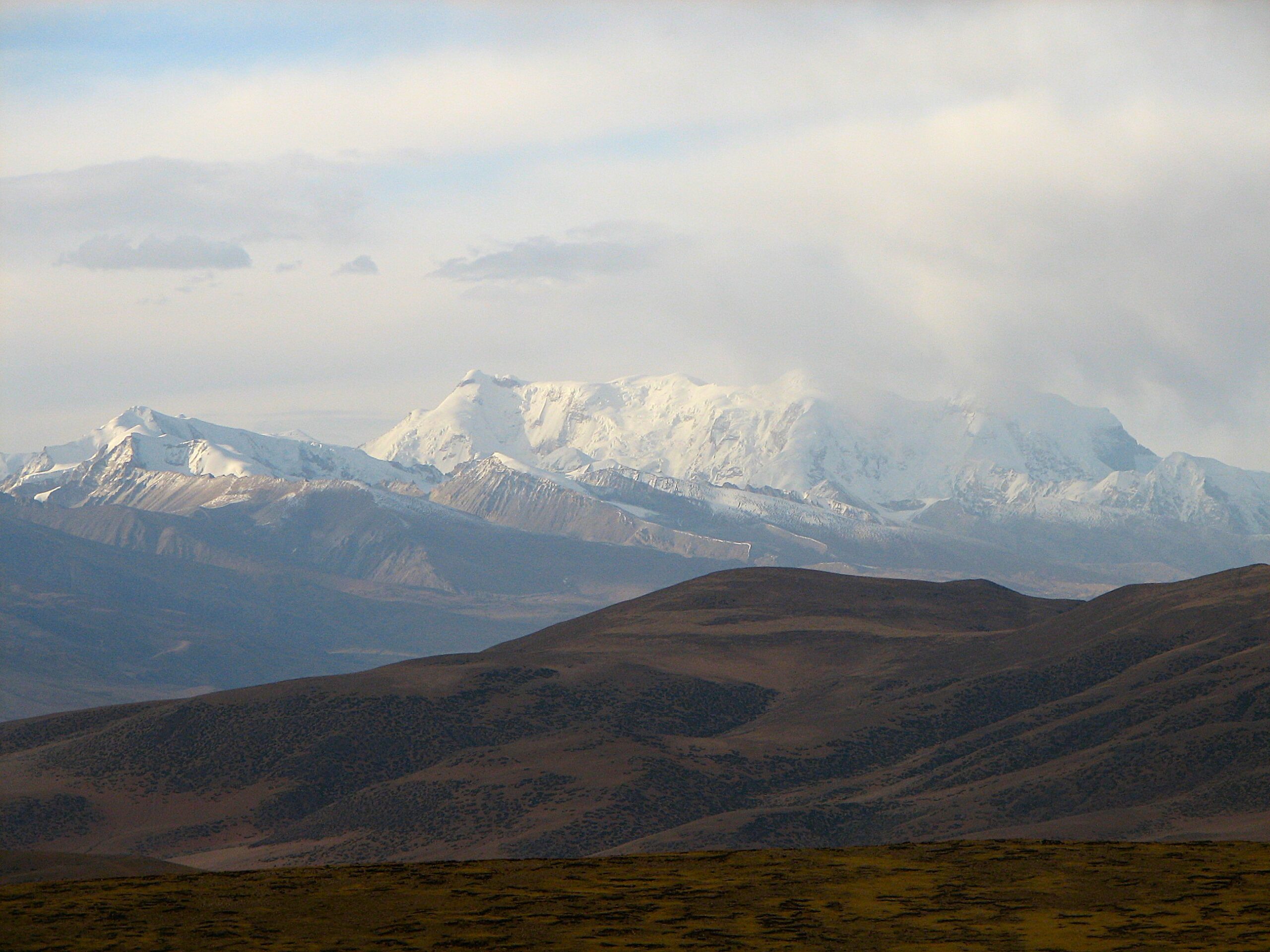
- Extreme and erratic weather events are damaging India’s cultural and religious heritage sites.
- The structures are witnessing water seepage, crumbling building materials and the risk of flooding, prompting urgent appeals for protective measures.
- The Archaeological Survey of India is undertaking restoration work at some of the damaged sites.
- The damage affects tourism and the local livelihoods connected to it.
Monks at the 11th century Tabo Monastery in Himachal Pradesh’s Spiti Valley have written to the Archaeological Survey of India (ASI), seeking urgent protection from the increasing number of cloudbursts in the arid, cold desert region. They have asked for protective roofing, early warning systems and improved drainage to prevent water from entering and damaging the mural-lined interiors of the monument.
Lama Kunga, a monk at the monastery, in conversation with Mongabay India, said that given the fragile nature of the 1,000-year-old structure and the rise in frequency and intensity of rainfall, immediate interventions are crucial. “We feel that a retractable protective roofing and improved drainage infrastructure are immediately required to avert any potential calamity,” he said.
“The structure and the murals have already sustained some damage because of water seepage from cracks in the ceiling whenever there is heavy rain. The wooden beams and pillars are rotting while some of the walls have swollen due to moisture.”
Centuries-old cultural landmarks at risk
The Tabo Monastery, established in 996 AD, is revered for its religious manuscripts, mud-brick architecture and ancient murals. However, the cold desert region of Spiti has been increasingly facing higher temperatures, retreating glaciers and erratic rainfall. In July 2023, it received a third of seasonal rain in a single day. In 2024, there were multiple instances of cloudbursts and associated flash floods in the Pin Valley and Shichling area, approximately 30 kilometres from the monastery. These incidents led to loss of life and property, washed away bridges and disrupted access routes.
In the letter to the ASI, the monks requested immediate action to prevent further damage to the monastery during the monsoon. They also sought long-term permanent measures, including improved drainage, structural assessment of the monastery’s heritage structure, and installation of early warning and weather monitoring systems. In response to the letter, the ASI officials who visited the site agreed to take on the conservation work.

Tabo, however, is only one of the many traditional religious and cultural sites across India, which are now endangered by unseasonal and extreme weather exacerbated by climate change. Besides the loss of lives and cultural heritage, the disasters can also cause loss of livelihoods and tourism opportunities for the local residents.
In recent years, a part of Jaisalmer’s Sonar Fort collapsed due to heavy rain; the 12th-century Jagannath Temple in Odisha reported damage due to Cyclone Fani in 2019 and the Taj Mahal saw inundation, cracks and water leakage after heavy rain last year. Meanwhile, the Elephanta Caves, off the coast of Mumbai, face the long-term risk of sea level rise, while some other coastal forts in Maharashtra are facing ingress of sea water.
In the Himalayas, melting of glaciers, extreme rainfall and landslides because of changing weather patterns and unregulated development projects regularly threaten pilgrimage routes. The heavy rainfall and bursting of glacial lake upstream of Kedarnath in 2013 is a stark reminder of how rapidly devastation can unfold in this region. With the Himalayan region warming up faster than other parts of the world, glaciers above Kedarnath-Joshimath are melting and retreating at alarming rates which, combined with reduction in dense forests and grasslands and rise in pollution, can spell another disaster for the region.
Impact on heritage tourism
The Basilica of Bom Jesus, a world-renowned 15th century church, and a popular tourist site in Goa, is one of the most vulnerable laterite structures, studies note. The strength of laterite depends on the extent to which it is protected from water. Previously, the application of lime plaster before each monsoon prevented the harmful weathering actions to a great extent. “The plaster of the church was removed for renovation work by the Portuguese government, but it could not be finished by the time the colonial rule ended,” said Pawan Gorantla, who conducts heritage walks in Goa, adding, “The façade has remained unplastered since then, making it more fragile.”

In 2021, rector of the Basilica, Patricio Fernandes sought support for re-plastering of the heritage church, claiming that the stone had been irreversibly damaged by the weathering and was crumbling into powder upon touching in certain areas.
“Strong wind and torrential rain damages the façade made of exposed laterite stone which is very porous like brick,” pointed out Sutapa Das, associate professor of Architecture and Planning at the Indian Institute of Engineering, Science and Technology. Das studied the church building in 2008. “Total monsoon rainfall and its intensity have increased in Goa. The Basilica is located at a lower elevation compared to the adjacent areas and hence gets flooded. This increases the chances of dampness.”
The western coast of India has seen a 52% rise in the frequency of cyclonic storms between 2001 and 2019, compared to the period between 1982 and 2002, found a study conducted by researchers at the Indian Institute of Tropical Meteorology. In addition, their duration increased by 80% and intensity rose by 20-40%.
Tidal inundation also damages a structure based on depth and duration of inundation, quality of water and scouring effect (soil erosion, which can impact the stability of a building).
Restoration attempts at the church have also had a detrimental effect. For example, the application of acrylic paint and cement mortar on the internal walls helped with water proofing, but also prevented the walls from breathing out the moisture already present.
“Traditionally, the laterite structures in Goa and Kerala survived with annual whitewash with lime before every monsoon,” Das said. “This practice can be brought back, but conservation efforts for the basilica need to address not only water tightness, but also the building’s high porosity due to weathering effects over centuries.” Das added that the basilica’s load bearing capacity has also reduced. “So, modern preservative alternatives should be tested first on small samples of Goan laterite for their effect on water absorption, capillary adsorption, compressive strength, flexural strength (load bearing) and resistance to salt attack.”
Meanwhile, damage to these important sites doesn’t just threaten our cultural legacy, but directly impacts heritage tourism, which relies on the authenticity and integrity of these monuments, shares Murali Shankaran, co-founder, Make It Happen, an experiential travel company which conducts heritage tours in Goa.
“Visitors from around the world come to experience the spiritual aura and architectural grandeur of UNESCO World Heritage Monuments like the Basilica. Any visible decay or restricted access due to damage diminishes the overall experience, affecting both tourist sentiment and local livelihoods connected to tourism,” Shankaran says.

Attempts at restoration and the need for more intervention
At Leh’s Old Town, the 15th century mud brick architecture is facing an issue similar to Tabo monastery. These traditional structures were built using locally available stone, mud, wood and dried grass, which provided insulation during long and harsh winters. With changing rainfall and snowfall patterns in this cold desert region, the heritage temples, mosques and houses are facing damage.
Yutaka Hirako, programme director at the Tibet Heritage Fund (THF) that works for the preservation of architectural heritage, said that the amount and duration of rainfall has increased in recent years. “On the other hand, snowfall has reduced in the winter season and increased in the early spring,” he said. “Spring snow is wetter, easily turning into water and infiltrating the mud roof.” THF has restored over 40 historic houses and monuments in Ladakh.
The organisation has introduced more steeply sloped roofs so that rainwater can flow off rather than seep into the structures. “We have been practising mud roofing based on the local tradition, but improving it through slopes and application of various soil and clay layers,” Hirako said. “We also introduced the parapet into Ladakhi architecture. Lines of thin slates are laid along the parapet and coated with soil mixed with donkey dung to seal its top. A coating of oil is applied to improve water resistance.”
On February 6, 2025, the Union Minister for Culture and Tourism Gajendra Singh Shekhawat in a written reply to the Rajya Sabha, said that at the government level, the ASI has collaborated with the Indian Space Research Organisation (ISRO) to install automated weather stations in many historical monuments. “The ASI has been adopting climate-resilient solutions in the way of periodical scientific treatment, consolidation and preservation of cultural heritage sites,” the minister added. “Besides, air pollution laboratories are also established to monitor pollutants at the Taj Mahal and Bibi ka Maqbara in Aurangabad (now, Chhatrapati Sambhajinagar).”

In Maharashtra, the ASI has been working with the state government to protect the iconic coastal and sea forts facing the impact of rising tides and salty sea water. “In a number of cases such as Vijaydurg, Sindhudurg and Suvarnadurg, base walls of a few bastions have caved in or lost the stone boulders due to which these are precariously hanging or show huge holes, allowing sea water ingress into the fort,” said Shikha Jain, the founder-director of Dronah (Development and Research Organisation for Nature, Arts and Heritage), which provides recommendations and guidelines for the site management plans of these forts to the Directorate of Archaeology and Museums, Maharashtra. “The ASI has completed some major challenging works in restoring some of these bastions in recent years, while more work is outlined for the next phase.”
Jaisalmer Fort, the last living fort of India where people still reside, has also been facing issues of water seepage due to rise in rainfall and introduction of modern plumbing at a site built for a dry, arid climate. With the rise in tourism, many homes have been converted to guest houses and water drainage has become a problem. Considered one of the driest districts in India because of its location in the Thar Desert, Jaisalmer has registered a rise in rainfall over the years. In 2024, it recorded the largest departure from normal rainfall in North India after Uttarakhand’s Bageshwar.
The water seeps into the clay rich soil under the fort, destabilising it and thus triggering collapse of structures. “During monsoon, its fort wall fell from one side and the ASI had undertaken restoration,” Jain said.
“Geotechnical studies for this fort were carried out by the World Monuments Fund. Similar studies and monitoring mechanisms are required for other forts facing such issues. We need more landscape and engineering interventions, as well as material adaptations to address problems of landslides in hilly areas and tidal ingress in coastal areas.”
Read more: Solar power looms large over the snow leopards of Spiti
Banner image: An aerial view of Tabo village in Spiti, with the monastery visible on the right. Image by Manish Pathak via Wikimedia Commons (CC BY-SA 4.0).





























